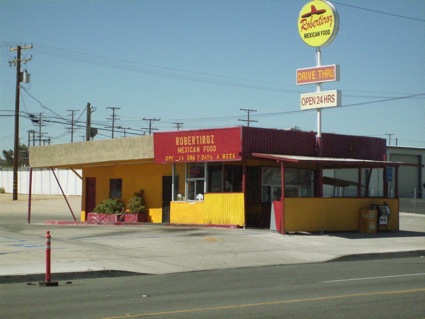Outline of an informal talk given July 10, 2011, at Ferry Beach Religious Education Week, held at the Universalist conference center in Saco, Maine.
Welcome to this porch chat on neuroscience and religious education. What I’d like to do in this porch chat is this — First, find out what you know about neuroscience as it applies to religious education. Second, to tell you a little bit about what I have been learning about the exciting new developments in this area. And third, to talk about ways we can all continue our own education in this area.
(1) Let’s begin with what you know about neuroscience and religious education. And before you say “nothing,” I suspect at least some of you know something about Howard Gardner’s theory of multiple intelligences. How many of you have run into multiple intelligences work before?
What you may not realize (or may forget) is that Gardner drew upon new scientific insights in the way brain works to develop this theory. According to a paper by the Multiple Intelligences Institute, “to determine and articulate these separate faculties, or intelligences, Gardner turned to the various discrete disciplinary lenses in his initial investigations, including psychology, neurology, biology, sociology, anthropology, and the arts and humanities.” [p. 6] So Gardner represents one attempt to apply scientific insights into the brain to educational practice.
So now let me ask: what (if anything) do you know about neuroscience and religious education?
[summary of some of the responses]
- the brain’s plasticity
- answering the question: is there a genetic quality to empathy?
- the god gene
- how like things like mediation, music, etc., can change the brain
- kids who have deficits with empathy
- you can make new neural pathways
- visualing brain pathways through brain imaging
(2) Now let me tell you a little bit about what I’ve been learning about how to apply scientific understandings of the brain to religious education.
I’d like to begin by reading you a paragraph from a 2000 report by the National Academy of Sciences titled “How People Learn: Brain, Mind, Experience, and School.” (You can download a free PDF of this book here.) I was introduced to this book by Joe Chee, a teacher educator and UU who is currently pursuing a Ph.D. in education and technology; Joe recommended this as a great introduction to the topic. And right at the beginning of this book, the authors tell us why we should care about the topic:
The revolution in the study of the mind that has occurred in the last three or four decades has important implications for education. As we illustrate [in this book], a new theory of learning is coming into focus that leads to very different approaches to the design of curriculum, teaching, and assessment than those often found in schools today. Equally important, the growth of interdisciplinary inquiries and new kinds of scientific collaborations have begun to make the path from basic research to educational practice somewhat more visible, if not yet easy to travel. Thirty years ago, educators paid little attention to the work of cognitive scientists, and researchers in the nascent field of cognitive science worked far removed from classrooms. Today, cognitive researchers are spending more time working with teachers, testing and refining their theories in real classrooms where they can see how different settings and classroom interactions influence applications of their theories.

